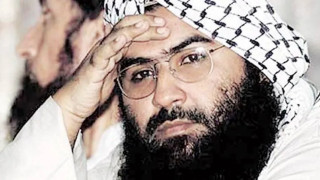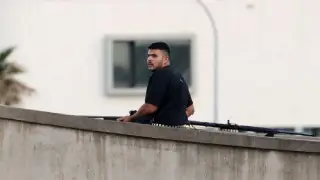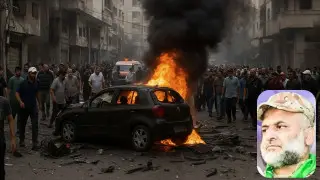
Benjamin Netanyahu (Flickr)
International News: The much-awaited ceasefire in Gaza has fallen apart dramatically. On Tuesday, Israeli Prime Minister Benjamin Netanyahu ordered a large-scale military operation after Hamas shelled Israeli troops in the southern region. Israel called this a direct violation of the US-brokered truce. Netanyahu said Hamas misled mediators by returning bodies of hostages already recovered two years ago. For Israel, this act was not just fraud but also proof that Hamas never intended to honor the fragile agreement. The collapse has reignited anger in Israel and dashed hopes of calm.
Tensions soared when Hamas launched attacks on Israeli forces positioned in Gaza. Netanyahu declared that Israel would not tolerate repeated violations. According to him, Hamas’s return of previously identified remains was a political trick meant to delay real compromise. This escalated the conflict instantly, forcing Israel’s military to expand operations. The latest move showed how little trust remains between both sides. For many Israelis, the attacks confirmed that only a strong response could restore security.
Israel says that since the war began, bodies of 51 hostages have been recovered. But 13 hostages still remain missing in Gaza. Families of the missing live in fear and demand urgent action. The hostage issue has become central to the conflict and a reason why the ceasefire’s next phase has stalled. Hamas claims it cannot locate the bodies due to massive destruction in Gaza. But Israel dismisses this, arguing Hamas is deliberately holding back to maintain bargaining power. This mistrust has left both sides bitterly divided.
Hamas has said the devastation in Gaza has made it nearly impossible to recover missing bodies quickly. Entire neighborhoods are in ruins, complicating search efforts. Yet Israel strongly rejects this excuse, accusing Hamas of hiding behind destruction while intentionally delaying the return of remains. For Israel, this issue proves Hamas cannot be trusted in any agreement. The dispute over bodies has now become a symbolic fight, one that reflects the deeper collapse of dialogue and any chance of peace talks in the near future.
On the same day, Israeli forces killed three Palestinian militants in the occupied West Bank. Officials said they were planning an attack but offered no details. This operation showed the widening scope of Israel’s campaign, stretching beyond Gaza into other territories. Analysts fear this could open another front of conflict, making the war harder to control. The simultaneous violence in both Gaza and the West Bank signals that the conflict is now spilling into broader regions, adding new complexity and higher risks.
The United States, which had brokered the truce, faces renewed pressure after the collapse. Washington hoped the ceasefire would stabilize the region and allow aid into Gaza. Instead, the breakdown highlights how fragile such agreements are when trust is absent. International mediators are scrambling to push both sides back toward talks, but with Netanyahu firm on military action, diplomacy appears cornered. The credibility of US mediation is also under question as both Israel and Hamas dig deeper into confrontation.
For the people of Gaza, the situation is grim. Renewed Israeli strikes mean more destruction, more displacement, and more fear. Hospitals already overwhelmed with casualties warn of worsening crises. Food and medicine shortages are pushing families to the edge. In Israel too, civilians live in fear of rocket fire while demanding stronger government action. Both populations, already scarred by years of conflict, now brace for more suffering. With peace hopes fading, the road ahead appears marked by war, mistrust, and deepening tragedy.













Copyright © 2025 Top Indian News
